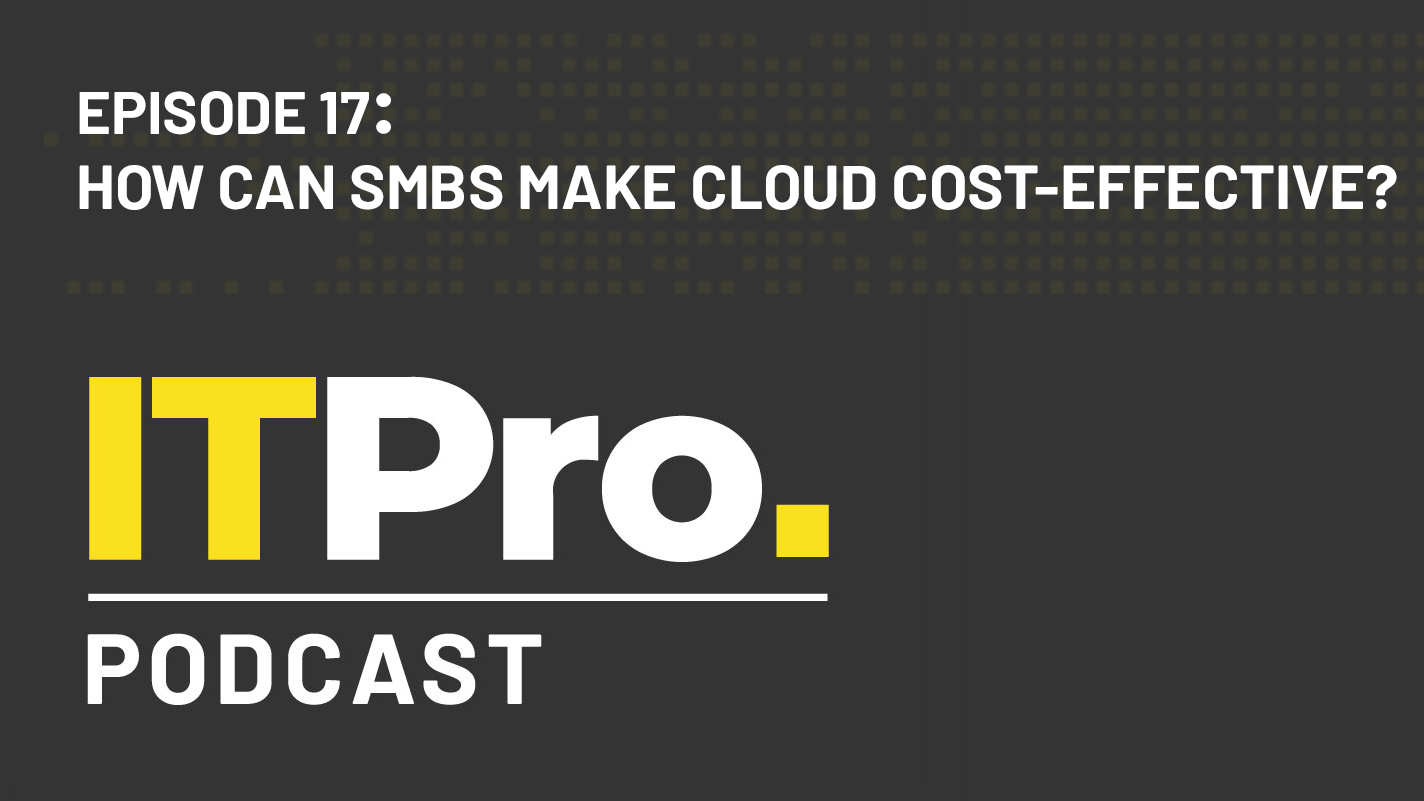How much cloud is enough?
Optimum use of cloud depends on capacity, specialisation and a commitment to monitoring


An organisation might start its venture into cloud in one particular area of its work. Perhaps there is a cloud platform offering support for artificial intelligence (AI), machine learning or an Internet of Things (IoT) implementation that is useful for new product or service development, or for streamlining work with an existing product or service.
Once cloud is established as beneficial in the area it has initially been brought in to help with, it often makes sense to see how it can be used elsewhere in the business. There might be other client facing areas of the business that can benefit, such as employing cloud based AI chatbots for end user engagement, or perhaps there are back-office areas where cloud might be useful such as accounting and payroll services, with AI features that can assist with and speed up monthly close.
A business-led approach
What’s important as use of cloud grows is to continuously view its implementation as business led, and not IT led. In the boardroom the Chief Data Officer role becomes central as they look for points where the agility of cloud can deliver benefits right across the business, while the Chief Finance Officer role might change fundamentally from constantly weighing up capital expenditure to focusing more on operational expenditure. Making those moves can ensure cloud is embedded in the business, but the question then becomes, how much cloud is enough, and how do you keep cloud provision in tune with an organisation’s needs?
Analysing how well cloud usage fits with current and potential future business needs might seem like a difficult thing to do. Getting it right will likely involve a mix of time-specific work around broad business planning and ongoing activity.
In the former area, if the business is planning a new rollout and requires specific effort such as test and dev, research or fabrication, specific additional cloud resources might be required. In addition, Ramanan Ramakrishna, Cloud CoE Lead and member of the Global Cloud Leadership team at Capgemini, suggests organisations should take a look at cloud providers. He says that “on a quarterly to half yearly basis [companies] should look at the evolution of the PaaS and SaaS offerings from the leading providers and consider them for their cloud strategy,”, just to make sure they are taking best advantage of what’s on offer.
Rob Greenwood technical director at Cloud and DevOps consultancy, Steamhaus, tells IT Pro that outside of scheduled evaluations, those responsible for cloud within an organisation, right up to the Chief Technical Officer, should keep their ears to the ground in “an on-going process, constantly being aware of new releases and announcements from your cloud provider of choice and evaluating if and how these would supplement your current usage”.
Signs that you are under-provisioned
Amid all this checking on what’s out there and on what your own needs are, it is important to look a little deeper to make sure provision across the board within your organisation is adequate. Ramakrishna points out a few really useful warning signs that an organisation could be under provisioned. “Organisations where capital expenditure on infrastructure is rising year-on-year should analyse whether their cloud adoption is conservative,” he says, suggesting that “close attention should be given to ascertain whether the on-premise infrastructure is designed for handling peak volumes instead of a more optimal strategy of sizing for average volumes and bursting into the cloud for handling peaks”.
Get the ITPro daily newsletter
Sign up today and you will receive a free copy of our Future Focus 2025 report - the leading guidance on AI, cybersecurity and other IT challenges as per 700+ senior executives
“Another tell-tale sign is if small pockets of cloud purchases are being made from individuals within the business directly,” he says. “This might suggest a lack of coherent cloud strategy and hence cloud not being used in an optimal enterprise manner.”
Under provisioning cloud requirements in this way can have a negative impact on business growth, and here, again, the Chief Finance Officer and Chief Data Officer should work together to spot these tell-tale signs and leverage cloud appropriately to mitigate them.
Mix your approaches for best results
Ensuring the business has enough cloud, distributed across the right parts of the organisation, is crucial to present agility and future growth. The strategy required to achieve this is mixed, and blends a range of approaches.
RELATED RESOURCE

The IT Pro Podcast: How can SMBs make cloud cost effective?
Top tips for smaller businesses that want to get the most out of the cloud
FREE DOWNLOAD
There will be some forward-looking strategising to meet the ambitions of the business. There will be constant scanning of cloud provision technologies to identify areas where the business could benefit. These will combine with actively seeking out signs of under-provisioning, and ensuring that key leadership roles, most particularly the Chief Finance Officer and Chief Data Officer have eyes across the business. Together these strategies can ensure that the business not only has enough cloud, but is using that cloud to its best advantage.

Sandra Vogel is a freelance journalist with decades of experience in long-form and explainer content, research papers, case studies, white papers, blogs, books, and hardware reviews. She has contributed to ZDNet, national newspapers and many of the best known technology web sites.
At ITPro, Sandra has contributed articles on artificial intelligence (AI), measures that can be taken to cope with inflation, the telecoms industry, risk management, and C-suite strategies. In the past, Sandra also contributed handset reviews for ITPro and has written for the brand for more than 13 years in total.
-
 Meta just revived plans to train AI models using European user data
Meta just revived plans to train AI models using European user dataNews Meta has confirmed plans to train AI models using European users’ public content and conversations with its Meta AI chatbot.
By Nicole Kobie
-
 AI is helping bad bots take over the internet
AI is helping bad bots take over the internetNews Automated bot traffic has surpassed human activity for the first time in a decade, according to Imperva
By Bobby Hellard